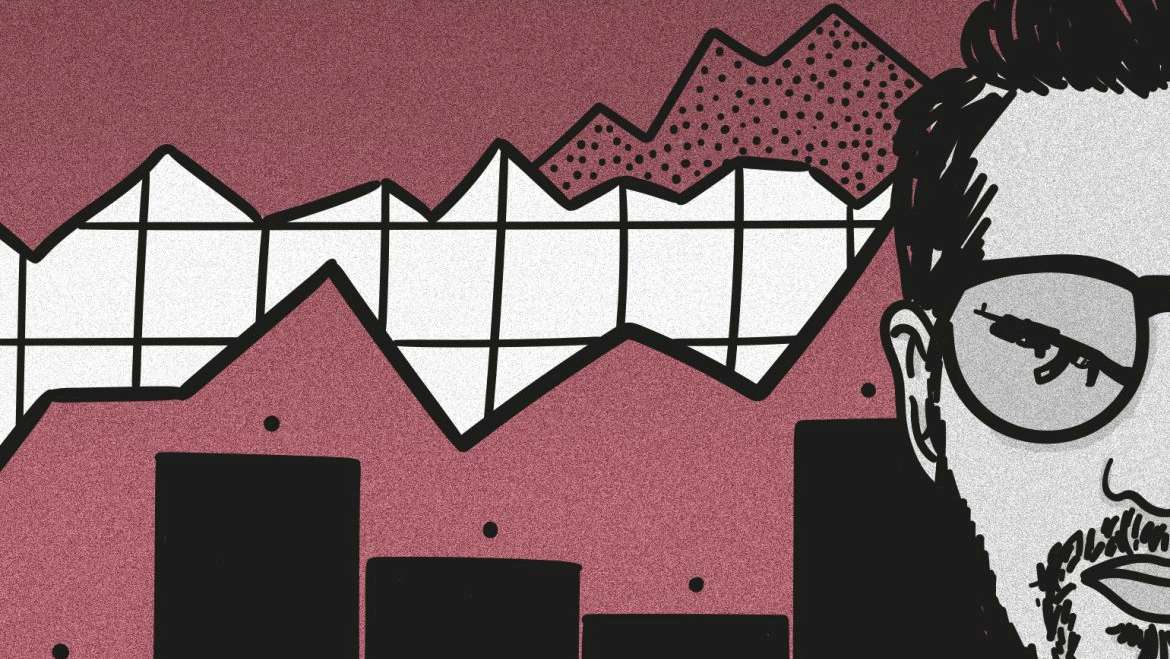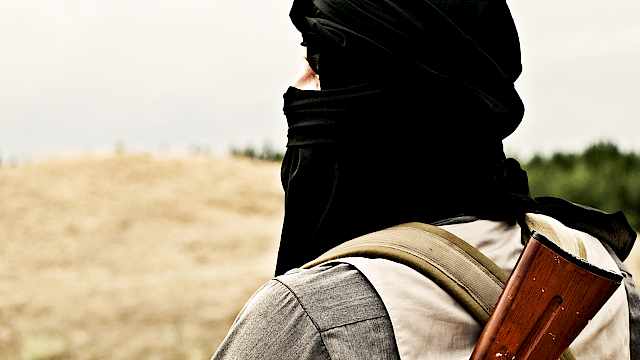This report initially aimed to review literature focusing on the link between economics and radicalisation that had been published from 2017 onwards. However, due to the limitations of this work, a much broader and more comprehensive body of research dating back to 2000 has been included.
The focus has primarily been on research on terrorism and political violence, rather than civil war and conflict. This report first explores research on general trends between terrorism and socioeconomic conditions before examining factors believed to mediate the relationship between the two at the individual level.
Despite its scope, the research has a number of limitations. Studies largely focus on factors that take place at the highest level of analysis (macro-level) such as the performance, structure, and behaviour of economies or countries. These highlight correlations rather than causes and provide less detail on the processes that explain how socioeconomic factors impact radicalisation and/or terrorism. Macro-level analyses cannot be used to identify factors relevant to assessing the likelihood that an individual will carry out an attack.
Most quantitative studies that analyse large samples and compare socioeconomic measures and rates of terrorism across different countries rely on data collected by others. Many prominent studies use the same datasets, increasing the potential for errors to be repeated. These datasets often rely on media and official reporting. Democratic and high-income countries with fewer restrictions on the press may therefore appear to experience greater levels of terrorism because they are more commonly reported. The majority of these datasets run to the early 2000s, with only a few going as far as 2011. Studies therefore largely predate recent global terrorism trends.
Existing studies often fail to disaggregate how socioeconomic factors impact the prevalence of different types of terrorism, limiting the conclusions that can be drawn.
Finally, it is hard to account for factors other than economic performance – such as political dynamics, ethnic or religious tensions, and democratic or press freedom – that might also influence rates of terrorism. Studies vary in the extent to which they control for, or discuss, these factors in their analyses.
Key findings
Debate remains in virtually all areas of research about the relationship between economics and radicalisation. Studies assessing the relationship between levels of terrorism and socioeconomic measures of a country’s wealth, such as Gross Domestic Product (GDP), are inconclusive. The same holds true for support for terrorism within economically disadvantaged populations.
Research has proposed an ‘inverted U-model’ which suggests terrorism is carried out by those in the middle of the socio-economic curve rather than those at the lowest or highest ends. Those at the lower end of the income distribution are less likely to engage in terrorism because they are focused on meeting basic needs. Those with more significant economic resources are deterred from terrorism because they have more to lose. Importantly, these dynamics are relative to the country’s level of development and the individual’s relationship to the minimum resource threshold; those just above this threshold in developed countries will be lower class, those in less developed settings will be middle class.
Increased social welfare spending appears to correlate with a decrease in terrorism. Although the relationship between the two is complex, more funding for healthcare, unemployment benefits, and active labour market programmes seem to have the greatest impact in reducing terrorism.
Socioeconomic factors may help explain individual decisions to travel to Syria and Iraq to fight with the Islamic State, as many of those who travel from developed countries are from economically disadvantaged backgrounds.
Although the link between economic growth and terrorism is contested, terrorism does appear to share some relationship with economic cycles. Periods of economic weakness and contraction seem to marginally increase both the likelihood of terrorism and its persistence. Economic crises are also likely to be more keenly felt in developing countries, resulting in greater potential for violence.
Unemployment appears to be a significant factor in the decision to travel to Iraq or Syria. Foreign fighters are unemployed at a higher rate than the general population of the countries they originate from. In developed countries, this can contribute to feelings of marginalisation.
Despite socioeconomic grievances being described as important factors in radicalisation processes, there is limited research about how individual-level economic circumstances impact attack intent and likelihood.
The loss of a job may create or increase the risk that an individual will come to support extremism or engage in an attack.
Grievances caused by unmet economic or employment expectations may exacerbate the risk of radicalisation.
Read more
Lee, A. (2011). Who Becomes a Terrorist?: Poverty, Education, and the Origins of Political Violence. World Politics, 63:2, 203–245. doi:10.1017/S0043887111000013
Blomberg, S.B, Hess, G. & Weerapana, A. (2004). Economic conditions and terrorism. European Journal of Political Economy, 20:2, 463–478. https://doi.org/10.1016/j.ejpoleco.2004.02.002
Gries, T. & Meierrieks (2013). Do banking crises cause terrorism? Economics Letters, 119:3, 321–324. https://doi.org/10.1016/j.econlet.2013.03.009
Verwimp, P. (2016). Foreign Fighters in Syria and Iraq and the Socio-Economic Environment They Faced at Home: A Comparison of European Countries. Perspectives on Terrorism, 10:6. https://www.jstor.org/stable/26297707
Choi, S. (2015). Economic growth and terrorism: domestic, international, and suicide. Oxford Economic Papers, 67:1, 157–181. https://doi.org/10.1093/oep/gpu036
Copyright Information
As part of CREST’s commitment to open access research, this text is available under a Creative Commons BY-NC-SA 4.0 licence. Please refer to our Copyright page for full details.
IMAGE CREDITS: Copyright ©2024 R. Stevens / CREST (CC BY-SA 4.0)






